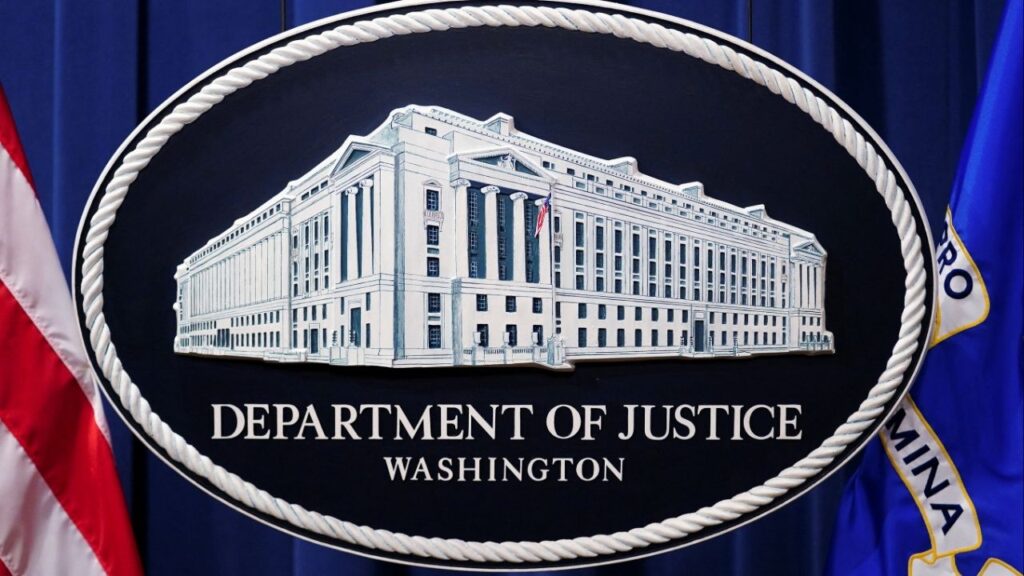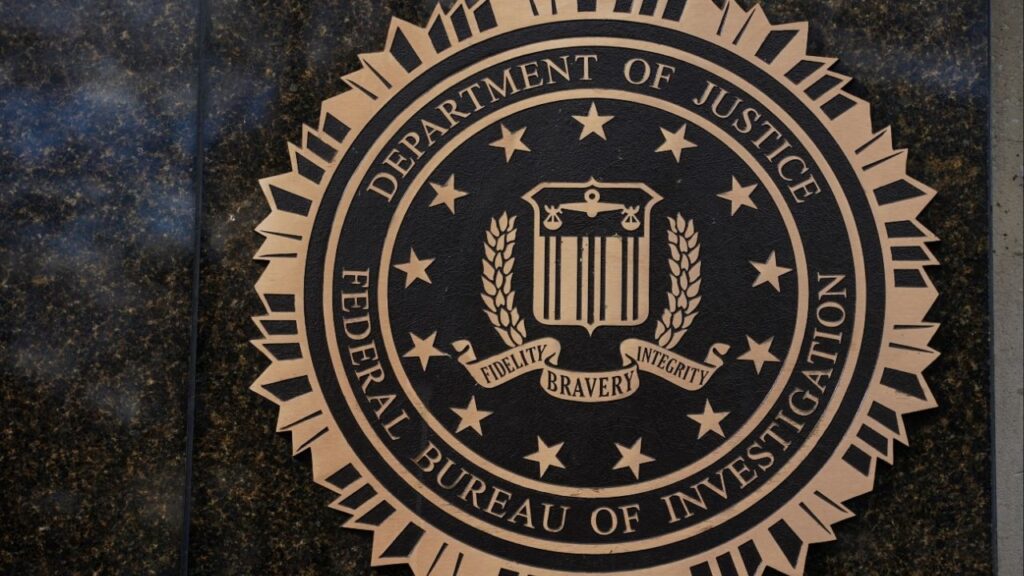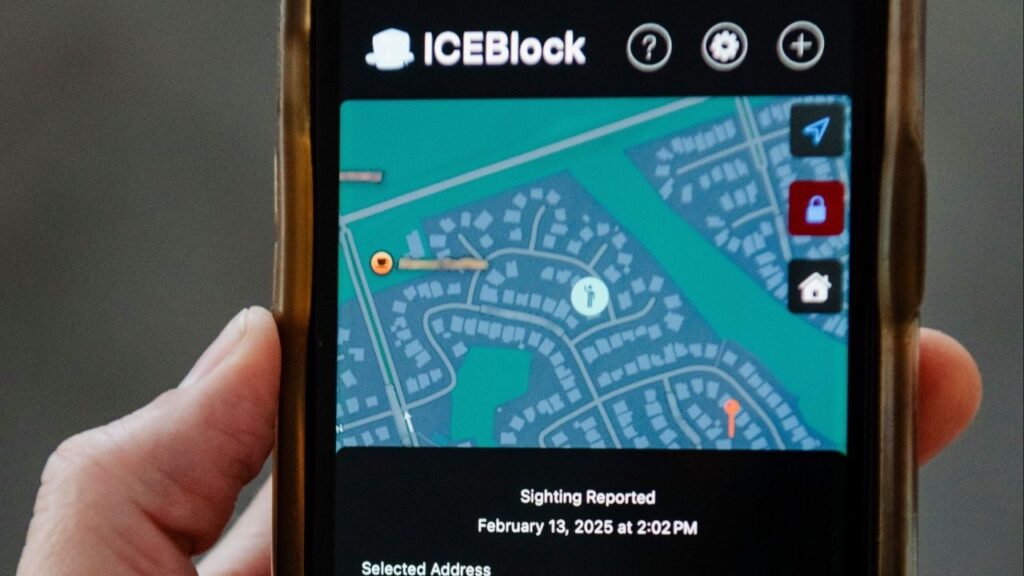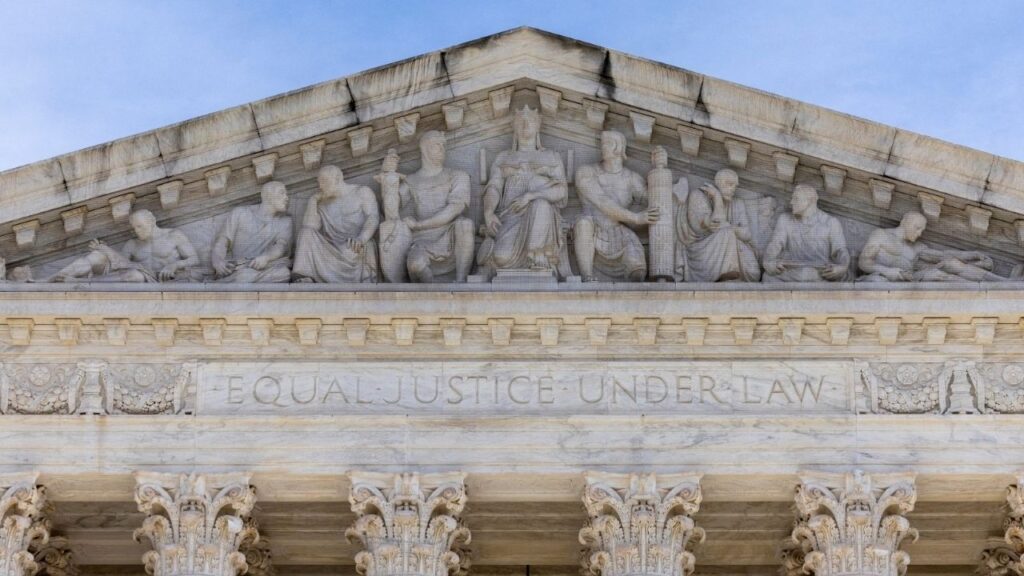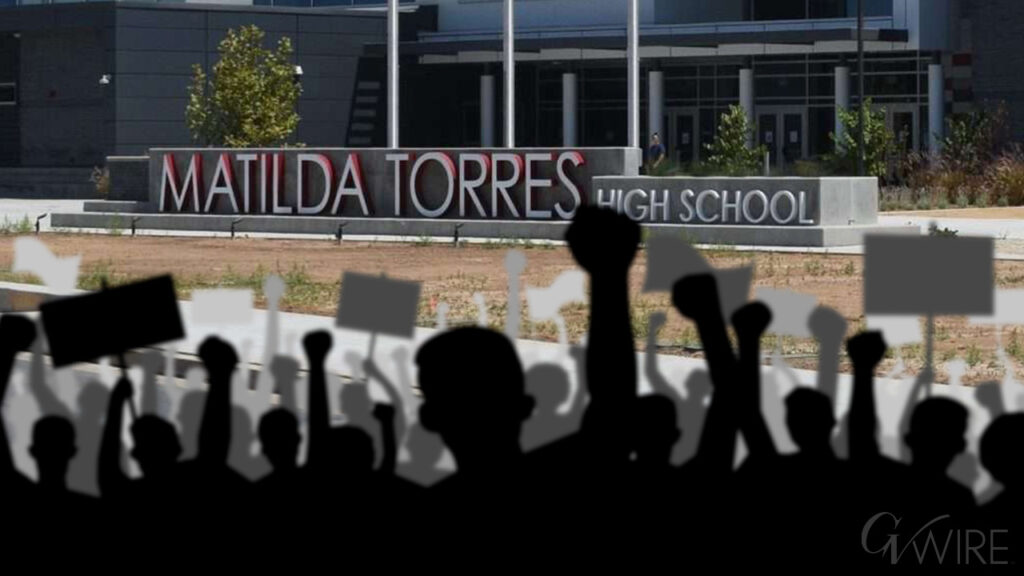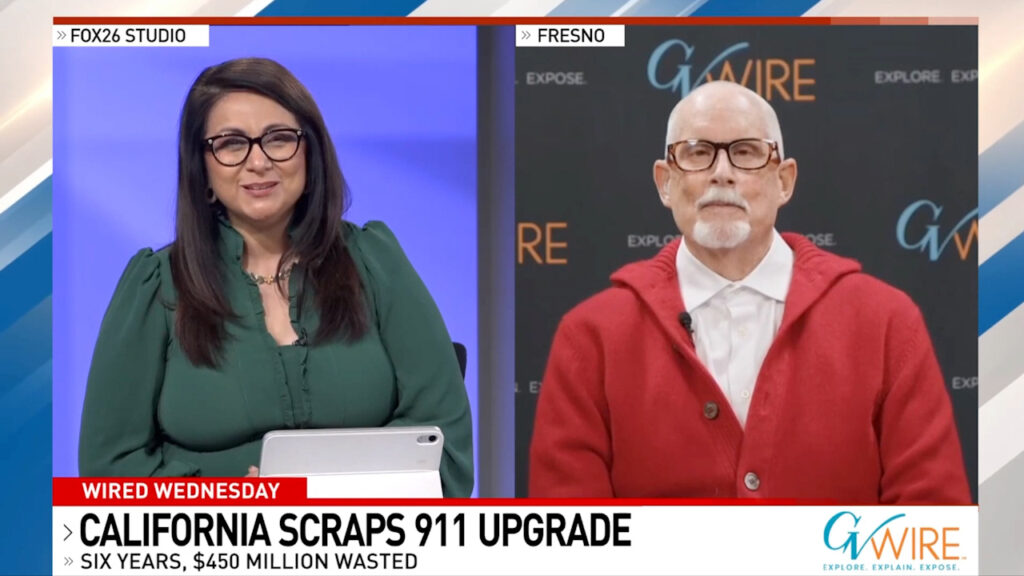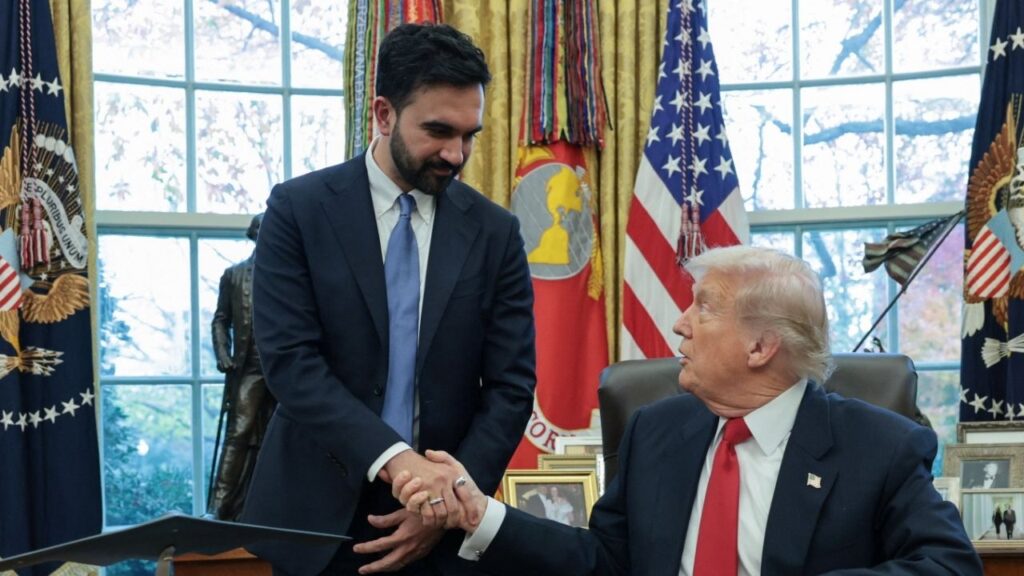Share
IRVINE — Minoo Sharifan came to the United States from Iran in the 1970s for graduate school, and like many others, wound up settling in America, starting a career and raising her family while a revolution upended her homeland and fractured relations with the U.S.
It’s against that tense backdrop that Sharifan and others from her generation seek to build a connection to their Iranian heritage and culture among their American children and grandchildren. Now 67, Sharifan oversees the Persian collection and programming for a library in Orange County, south of Los Angeles, that hosts a weekly story time for Iranian-American children that she began six years ago.
At a recent gathering, a dozen young children sat cross-legged on the floor, listening to a parent volunteer read the Farsi-language version of the storybook about “Elmer” the patchwork elephant. One girl performed a Persian dance for the group, and the children twirled scarves and sang in Farsi.
“For younger kids to see kids their age coming to the library and speak Farsi, it’s a good feeling for them and it makes me happy,” Sharifan said. “For us coming from another country, (a) sense of belonging to the group is very important.”
Nearly a Half-Million People in the U.S. With Iranian Ancestry
The 1979 Islamic Revolution in Iran overthrew the shah, a close U.S. ally, and installed Shiite clerics in power and a government headed by the anti-American Ayatollah Ruhollah Khomeini. Tens of thousands of Iranians fled to the United States.
Today, there are nearly a half-million people in the U.S. with Iranian ancestry. More than 40 percent live in California, according to U.S. Census Bureau data. The biggest community is in Los Angeles, which has led some to adopt the nickname “Tehrangeles.” Beyond Southern California, other significant populations live in the New York and Washington metropolitan areas, and in Florida and Texas.
In recent years, Iranian-Americans also have taken on a more visible role in politics, winning seats for state office in California, Florida and elsewhere. In Beverly Hills, which has a sizable Iranian-American community, Iran-born engineer and entrepreneur Jimmy Delshad served as mayor.
That doesn’t mean the road has been easy. Many Iranian immigrants recall being taunted as children after Americans at the U.S. Embassy in Tehran were taken hostage and held for 444 days. Today, many are separated from their relatives overseas by the Trump administration’s travel ban, which has made some Americans of Iranian heritage feel their standing is in question despite their citizenship status and longstanding ties to the U.S.
“In economic terms, it has been a pretty successful community, however, we have been dogged by 40 years of bad relations between the United States and Iran,” said Persis Karim, chair of San Francisco State University’s Center for Iranian Diaspora Studies. “People feel like their place in the U.S. has kind of continuously been under question, or not completely at ease, because of this bigger relationship between these two countries.”
Perceived as Different by American Society
After the revolution, many Iranian immigrants sought to distance themselves from the upheaval in their homeland by calling themselves Persian. The second generation, Karim said, has identified more often as Iranian-American to show pride in their heritage and their U.S. citizenship.
But these newer generations have grappled with the sense that no matter how American they become, they are perceived as different by American society, said Neda Maghbouleh, a sociology professor at University of Toronto, Mississauga, who was born and raised in the United States and wrote a book about Iranian-Americans’ experiences.
“The kind of exilic identity that first generation Iranian-Americans have had has been something that has not necessarily translated to second generation use,” she said. “They’re products of an environment that has been incredibly hostile to the Middle East more broadly, to Iran more specifically.”
“The second generation has in many ways seen itself as a racial minority,” she said.
The Iranian-American community is itself diverse and includes Jews, Muslims, Zoroastrians and others with diverse views and a shared tie to Iranian culture. Many are quick to distinguish between the governments of Tehran and Washington and the people of both countries, who they see as mutually friendly.
A Common Need to Expose the New Generation
And many see a common need to expose the new generation to Iranian culture.
In the Southern California city of Irvine, an Iranian community organization offers weekend language and dance classes. At the library, families bring their children to mark key moments throughout the year, such as the springtime Persian New Year celebration Nowruz.
Aliah Najmabadi, 40, has sent her two older sons to the Berkeley preschool. Born in the U.S., Najmabadi said her Iranian father came to the country to study in the early 1970s and met her mother, a South Dakotan of Norwegian descent.
While she grew up speaking English, Najmabadi said she was surrounded by the Persian culture and language when her father’s family came over from Iran in the years after the revolution, and she wanted to learn more.
She went on to study Farsi, but said she still struggles to understand everything her Iranian grandmother says. Now, her 8-year-old son helps translate, she said, and her father — who sometimes questioned her desire to learn the language — has been moved emotionally.
“Once my son started speaking fluently, he was floored. His heart melted,” Najmabadi said of her father. “As people get older in the community, I think it is really important for my kids to know the language.”






